I'm a journalist working to map the counties where the number of black farmers increased or decreased between 2002 and 2012. I am using R (3.2.3) to process and map the data.
I've been able to map the whole range of county-level gains and losses—which goes from negative 40 to positive 165—in a single color, but this makes it hard to see the pattern of gains and losses. What I'd like to do is make the losses all variations of a single color (say, blue), and render gains in variations of a second color (say, red).
The following code generates two separate (very simplified) maps for counties that saw positive and negative changes. Anyone know how to capture this information in two colors on a single map? Ideally, counties with a "Difference" value of 0 would appear in grey. Thanks for looking at this!
df <- data.frame(GEOID = c("45001", "22001", "51001", "21001", "45003"),
Difference = c(-10, -40, 150, 95, 20))
#Second part: built a shapefile and join.
counties <- readOGR(dsn="Shapefile", layer="cb_2015_us_county_5m")
#Join the data about farmers to the spatial data.
counties@data <- left_join(counties@data, df)
#NAs are not permitted in qtm method, so let's replace them with zeros.
counties$Difference[is.na(counties$Difference)] <- 0
#Here are the counties that lost black farmers.
loss.counties <- counties[counties$Difference < 0, ]
qtm(loss.counties, "Difference")
#Here are the counties that gained black farmers.
gain.counties <- counties[counties$Difference > 0, ]
qtm(gain.counties, "Difference")

